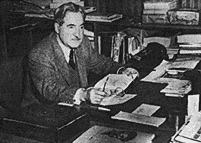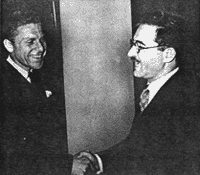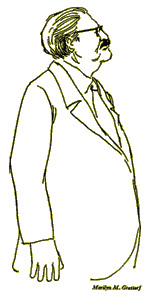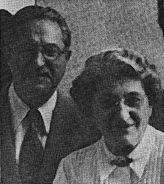
Dr. Robert L. Leslie and his wife Dr. Sarah Greenberg, 1919.
Robert Leslie Biography*
Born December 18, 1885 in New York city's lower east side, Robert Lincoln Leslie entered the world of printing at an early age. He was 14 when he began working for a Russian intellectual and job printer. It was during this time that he became fluent in Russian. In 1900 he began attending the City College of New York and working at De Vinne Press to meet expenses. He graduated in 1904 and was awarded the Chemistry Prize Scholarship to Johns Hopkins University. Before attending Johns Hopkins he decided to become a school teacher and then a social worker. In 1906 he decided to attend Johns Hopkins and accepted the scholarship. To help meet his school expenses and support his mother he worked as a proofreader at the Baltimore Sun.
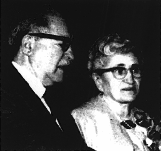 Dr. Robert L. Leslie and his wife Dr. Sarah Greenberg |
In 1912 he received his MD and immediately went into the United States Public Health Service. As a doctor for the Public Health Service, he redesigned all the government publications for the Surgeon Generals Office and volunteered for service at Ellis Island. During WWI, he joined the Chemical Warfare Service. Assigned to a lab in Maryland, he lost his left eye in a chemical accident that killed three of his colleagues.
In 1921, he married Dr. Sarah Greenberg, a gynecologist and obstetrician. Dr. Sarah was an early advocate of birth control and worked tirelessly to improve conditions among her poor clients in the Williamsburg section of Brooklyn. She delivered over 6,000 babies during the course of her 60 year career.
“He was a lifelong vocal advocate of civil rights and of equal rights for women. As a very young man, long before becoming a doctor, he was a union organizer at a time when it was extremely dangerous thing to do, proudly earning the appelation 'stormy petrol.' As an untiring warrior for social and political justice he gave of himself and of generous purse to pursue these goals." ~Herbert Johnson
